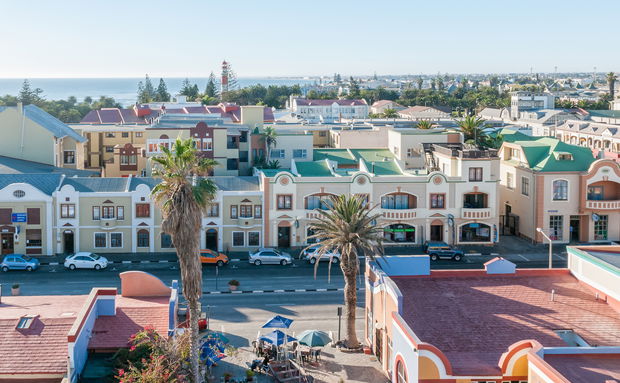FROM WHERE DID THE NAME SWAKOPMUND ORIGINATE

The name "Swakopmund" originates from the Swakop River and the German word "Mund," which means "mouth." Therefore, Swakopmund translates to "mouth of the Swakop." The town was founded by German colonists in 1892 and served as a harbor for the German colony of German South West Africa. The name reflects the town's geographical location at the point where the Swakop River flows into the Atlantic Ocean.
Swakopmund is a coastal town in Namibia with a rich history that reflects its colonial past and strategic importance. Here are key points in its history:
Indigenous History: Before European colonization, the area was inhabited by indigenous peoples, including the Nama and Herero communities.
Colonial Era: The town was established by German colonists in 1892 as the main harbor for German South West Africa, which included present-day Namibia. It was intended to facilitate trade and support the German settlement in the interior.
Architectural Influence: The town boasts a mix of German colonial architecture and local styles, leading to a unique aesthetic. Notable structures include the Swakopmund Lighthouse and the old railway station.
Economic Development: Swakopmund developed as a commercial and administrative center, attracting settlers and infrastructure developments. It became a preferred holiday destination due to its seaside location.
World War I: During World War I, Namibia was occupied by South African forces. After the war, it became a League of Nations mandate territory administered by South Africa.
Post-Independence: Following Namibia's independence from South Africa in 1990, Swakopmund has grown as a tourist destination, known for its beaches, adventure sports, and proximity to the Namib Desert.
Cultural Significance: Today, Swakopmund is known for its diverse cultural heritage, blending German and African influences, and remains an important hub for tourism and commerce in Namibia.
Swakopmund continues to be a significant place for visitors and residents alike, with ongoing development while preserving its historical charm.
Share This Post